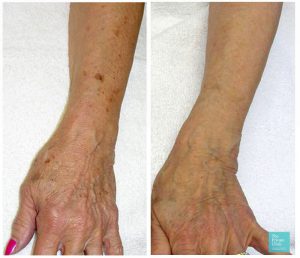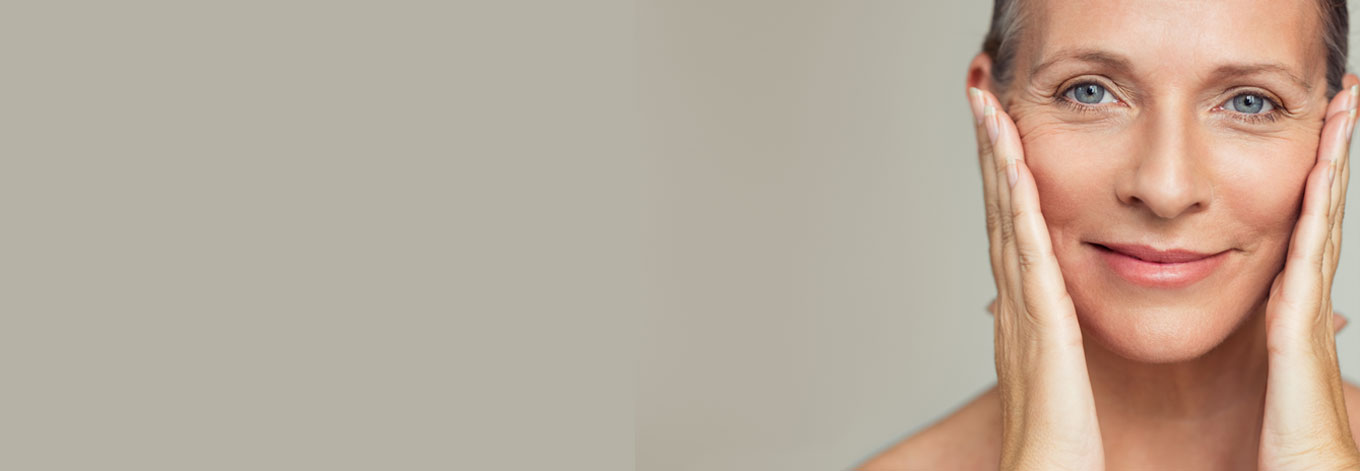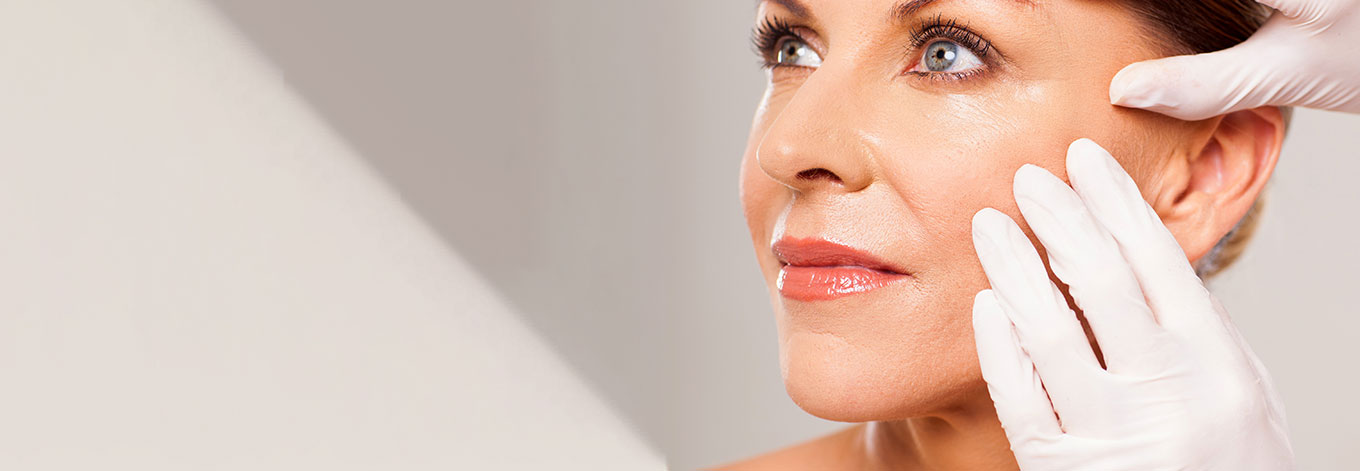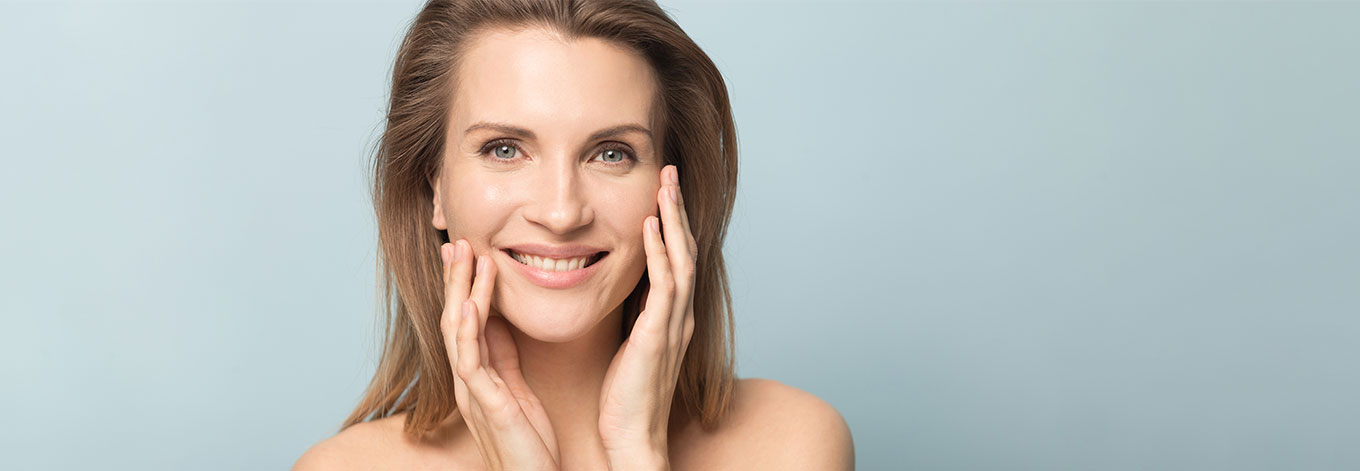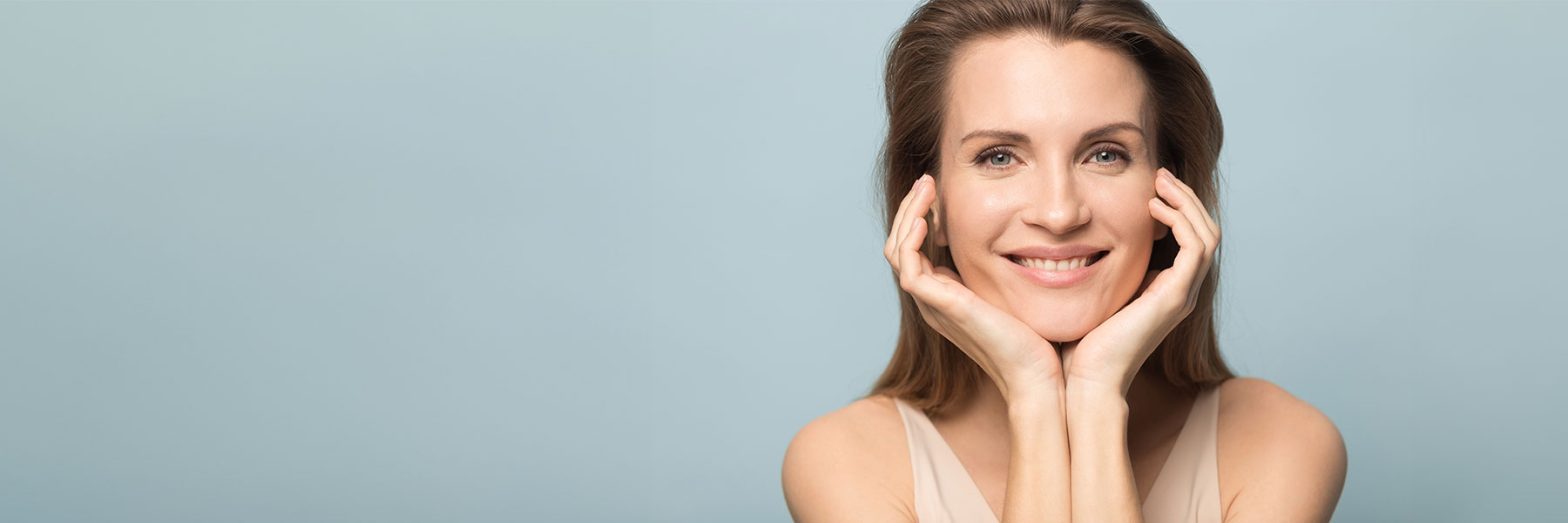Skincare in your sixties
ANTI-AGEING AND REJUVENATION
According to scientists; sixty really is the new forty. Therefore, in your sexagenarian years, you’ve got absolutely no excuse not to look as vibrant, radiant and glowing as you did twenty years ago (but that’s enough of us getting all stern on you).
Adapting your daily regime around your skin’s new needs might sound difficult, but it’s all about understanding how your body works and what’s happening underneath. Your skin is never going to be as youthful and easy as it was when you were a teenager, but does that really have to be a bad thing? It’s time to be proud of the amount of candles on the cake again…
Why does skin change?
Skin is the largest organ in our body and it’s an incredibly complex, pretty impressive piece of machinery. There are a number of reasons why it changes over time, stemming from environmental damage and effects (smoking and sun damage being common examples) to the genes we were gifted at birth.
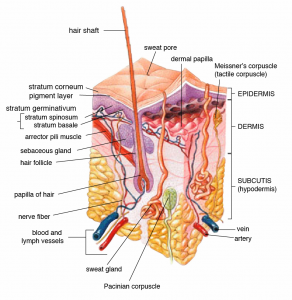
Everyone ages at different times and what starts for one person in their forties might not strike until the sixties for others, but it’s important to understand why different changes will happen. From the age of 25, our skin stops producing as much collagen and elastin – the nifty proteins that help our skin restore itself. And, after we (well – the females among us) go through the menopause, the build-up of hormones in our bodies changes completely, meaning our oestrogen levels are replaced with an increased amount of testosterone.
Oestrogen is responsible for a wide range of skin functions, directly affecting the key cells for moisture, plumping and skin pigmentation. Skin changes are a natural response to its depletion and not anything to worry about. The natural reaction, however, means there’s very little you can do in terms of immediate prevention (short of looking after yourself, being healthy and having a targeted skincare regime across the years).
So how can you address key problem areas?
Coarse or dry skin
With less oestrogen levels in our body, skin stops producing as much sebum (the body’s natural moisturiser) and you’ll notice your face appears drier and generally less radiant. The oil your skin does make after the age of 60 will normally be thicker due to the increased levels of testosterone, meaning you might notice it shines more or adult acne starts popping up for the first time.
The first step is to work with a skincare specialist to get a formulated at-home plan for tackling dry skin. A good moisturiser and high SPF are a must regardless of how cloudy it is outside or whether you think you need it. The sun is, quite probably, the biggest accelerator when it comes to ageing. UV rays attack your skin no matter the weather, so it’s worth having a strong first line of defence.
Nevertheless, dead skin cells can accumulate as the years progress and make your skin look dull, so getting rid of them is a good place to start. For that we’d recommend chemical peels or a microdermabrasion treatment. If you’ve had a rigorous skin regime up until now, then microdermabrasion might be most suitable as micro-crystals are used to gently lift the dead cells off your face. On the other hand, if you find that your skin might need something with a little bit more ‘oomph’ than a TCA peel might be more suitable. The active agents of the TCA peel penetrate far deeper into the skin and work well on mature skin.
The best course of action is to get a professional skin analysis consultation. Finding out exactly what’s going with your skin is important because when it comes to your face it’s best not to rely on guesswork. Whether you opt for a treatment or not, a professional can advise you on a customised skincare regime, so that you don’t end up purchasing products that may not be suitable for you. We’re quite fond of Epionce, Circadia and Obaji products (to name a few) as their ranges are designed to target specific skin ailments and have dermatologically proven results. Most importantly the right products will keep you skin moisturised and give it SPF protection.
Seriously though – we can’t stress this enough – when it comes to skin, moisturiser and SPF are your best friends.
Discolouration and dark spots
As we age, the accumulated damage from sun exposure starts to show, most often in the form of age spots and discolouration. Melanin is the pigment in the epidermis that gives your skin its colour, and its production is accelerated by UV rays. This is what causes you to tan, so if you have a history of soaking in the sun, age spots will appear on your most exposure-prone areas. You can expected them when your body produces a high concentration of melanin and when it becomes ‘clumped’. Sun damage will affect your pigmentation, leading to discolouration and an uneven skin tone, and can make the signs of ageing seem more pronounced.
The best way to even out skin tone and texture after years of pronounced sun exposure is through IPL Photorejuvenation or Laser Skin Resurfacing. The first uses light wave lengths that are particularly good at treating superficial pigmentation and discolouration. The second relies on lasers, and can penetrate your skin all the way to the dermis, but it unlike IPL’s broad spectrum, lasers use a heavily condensed energy beam that makes it easy to target specific areas. There are however different kinds of lasers treatments, so, as always, it is best to have a skin analysis consultation to pick the best option for you.
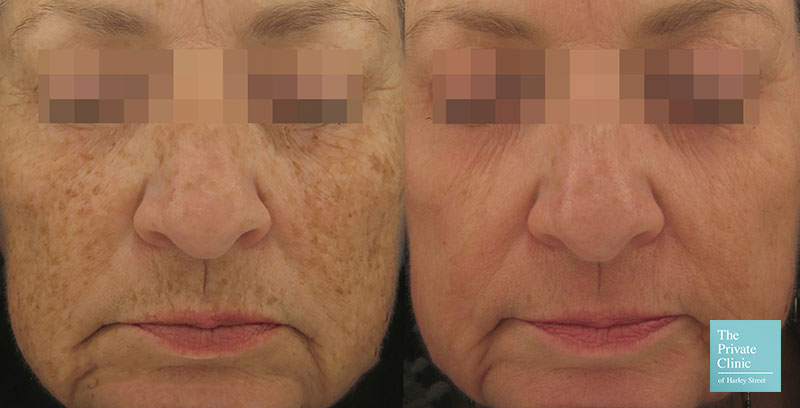
Loose skin and thinner lips
Oestrogen stimulates fat deposits over the female body; as oestrogen levels drop during menopause, fat deposits tend to become redistributed and often concentrated over the abdomen and/or on the thighs and buttocks. The result is a loss of supportive fat below the skin of the face, neck, hands and arms; this allows sagging wrinkles to appear, and the skin over these areas is less easily compressed, as it loses its mobility. Also, fat deposits are reduced in the breasts, resulting in loss of turgor, which causes the breasts to begin to sag and flatten.
If your fat has shifted from desirable areas to troublesome ones, a Fat Transfer procedure allows you to extract fat through liposuction, and use it to restore plumpness where it is most needed. This ‘Organic Facelift’ has very ‘natural’ results but if your skin is quite loose then a Thread Lift (a.k.a. the Silhouette Lift) can offer effective results. Biodegradable thread is used to raise the skin and keep it in place, with results lasting up to 18 months. Dermal fillers and wrinkle injections can have similar effects, but those are relatively short-lived in comparison. They are however the best way to restore volume to your lips quickly and effectively.
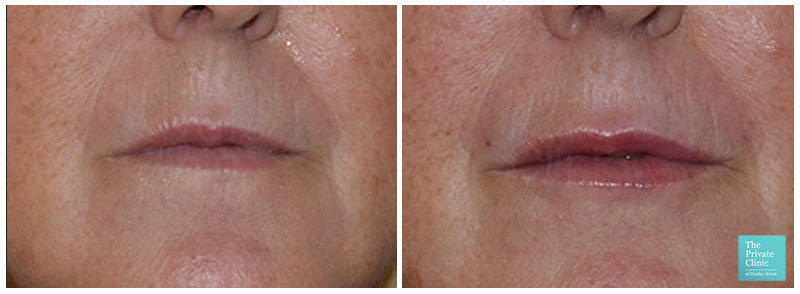
Although opting for surgery is a considerable decision, it must be said that some of the most effective non-invasive treatments may not be suited for people in their sixties, simply because of the low levels of collagen in your body. Surgery offers the most significant results when dealing with the consequences of fat and collagen depletion. A facelift will dramatically rejuvenate your face while a blepharoplasty – the safest form of plastic surgery – can rid you of drooping eyelids and under eye bags. Sagging breasts on the other hand can be addressed with a breast reduction and an uplift, while loose skin in the abdominal area can benefit from a Tummy Tuck. Deciding to have surgery is a big step, but it comes with more permanent, and visible effects. Keep in mind that if you go down this road, picking a qualified and reputable surgeon will be the key to a successful operation.
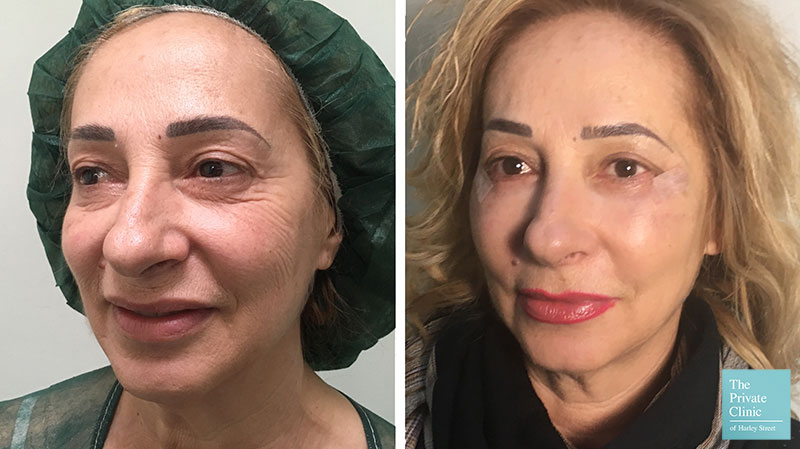
Hands on approach…
What would you say if we told you that you’re probably neglecting the BIGGEST tell-tale sign of ageing on your whole body? So much focus is put on the face that sometimes we don’t realise just how easily our hands can give us away. As we lose fat, and our skin thins, veins, bones and tendons become more and more visible. Along with our faces, they’re the most exposed parts of our body, as well as being our main tools for physical interaction with the world. That makes them very susceptible to wear and tear, as well as sun damage.
Not to worry though. The same basic rules that govern facial care, also apply to hands. Once again, a good skin care regime is absolutely essential, particularly seeing as moisturising your hands has the added benefit of working to prevent and manage eczema. Rejuvenating treatments like chemical peels, fillers, IPL, and so on can be used to treat hands, and so can Fat Transfers. The thing is though that the complexity of hands means that the treatment requires a knowledgeable and experienced specialist. Restoring volume to your hands is a worthwhile endeavour, so please make sure that you’re in good hands. (Get it?)
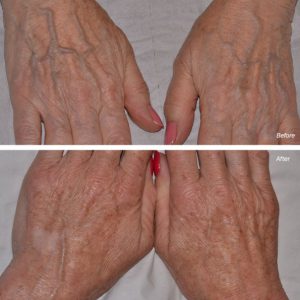
Summary
At The Private Clinic we like to call ourselves pro-ageing; we think every year makes us that little bit more beautiful and, while changes might seem daunting, they don’t have to be a bad thing. Skincare in your sixties is all about finding the right daily regime and recognising your individual needs. By knowing your options you can consult a professional and pick an approach that is personally best for you, so that your body can better reflect the youthfulness of your spirit. Now that you’re in your sixties, you have a better understanding of who you are and what you want in life, so take control and be the best ‘you’ that you can be.
We have clinics located in London Harley Street, Birmingham, Buckinghamshire, Leeds, Manchester and Northampton.
To find out more about our anti ageing treatments, call 0333 920 9135 or use our online contact form.





